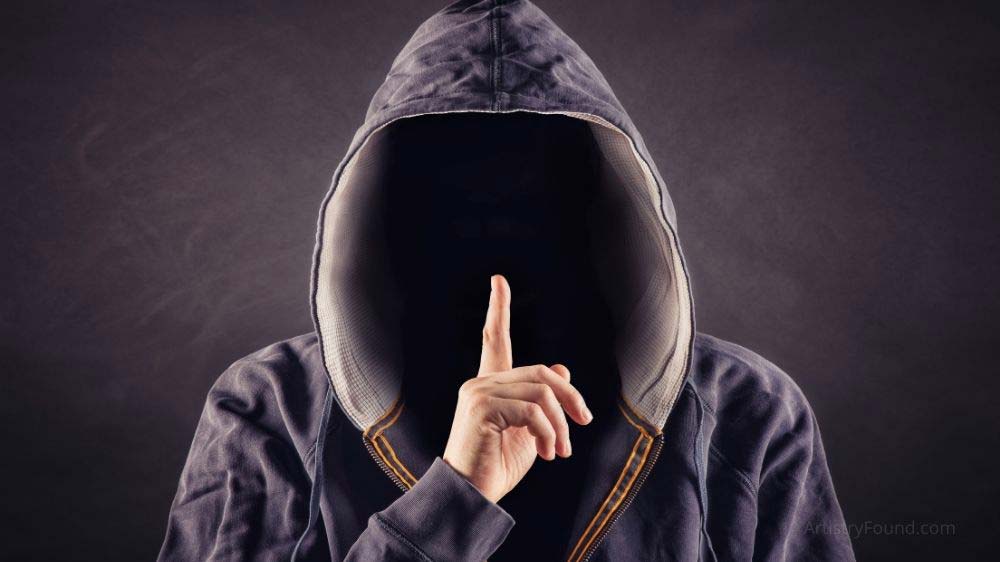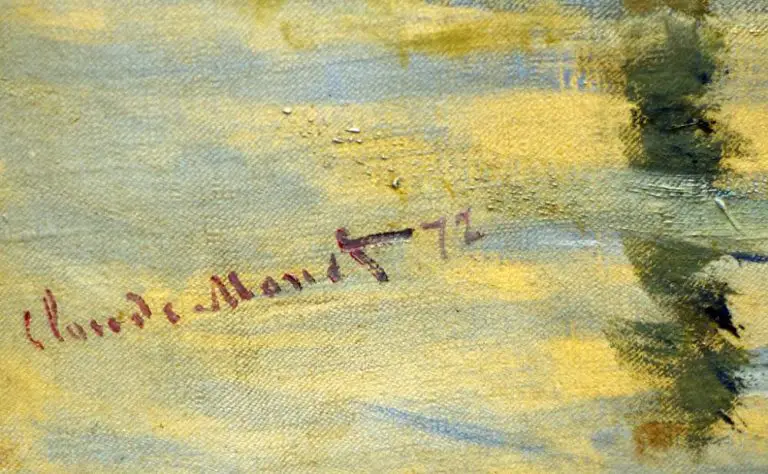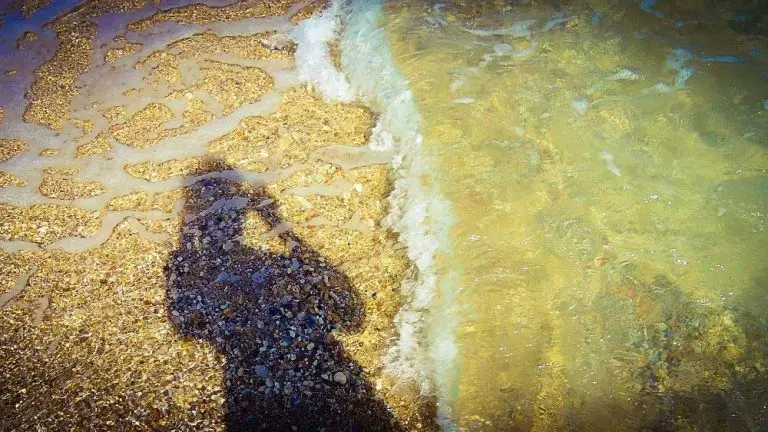Can An Artist Use Two Names? (Explained with Examples)
Throughout the ages, artists have been known by nicknames, aliases, or stage names. Artists often use different names to make themselves sound more exotic or marketable – “Prince” sounds a lot more interesting than Prince Rogers Nelson.
But does this apply in the world of fine art? Can an artist have two names?
An artist can use two names or replace their name with a pseudonym. Artists usually use another identity to create a brand or signal a change in style. Artists also use a pseudonym if another artist has the same name, has a common name, or wants to hide their identity.
Artists in the field of music often use more than one name, particularly when they change their artistic style, experiment, or try a new project – think about Sean “Puffy” Coombs.
However, it is more common for most artists to use a pseudonym instead of a birth name.

(This article may contain affiliate links and I may earn a commission if you make a purchase)
Can a Visual Artist Use Two names?
A visual artist can use two names as well. There are situations where artists choose to use a different name or pseudonym, especially as a branding exercise or to distinguish between their private and professional lives.
On the one hand, artists could use two names, and their fans or audience know that they are associated with both identities.
For example, David Bowie took on the persona of Ziggy Stardust, but everyone knew it was still David Bowie.
Singer John Mellencamp used different versions of his name and was variously known as John Cougar, John Mellencamp, and John Cougar Mellencamp.
Multiple brand names are commonplace in the music and literary worlds but less common in visual arts.
On the other hand, an artist could use two names to change or hide their identity for various reasons, like the street artist, Bansky, who is only known by a pseudonym.
In this case, the audience does not know that the artist is associated with two different names.
What is a Pseudonym?
A pseudonym is a fake or fictitious name that people often use to indicate their artistic or professional identity.
Most people would continue to be known by their other name by friends and family or in alternative professional settings.
Using a pseudonym is not the same thing as changing your name, which involves a legal process.
Someone using a pseudonym will have to use their original name for any lawful purposes.
Examples of pseudonyms are:
- Nicknames: El Greco was a Greek artist who worked in Spain during the Renaissance. He is still known by his nickname, which means “the Greek”, and few people know that his legal name was Doménikos Theotokópoulos, which was how he signed his paintings.
- Stage names: Many actors use a stage name instead of their birth name. Marilyn Monroe was called Norma Jean Baker, while The Weeknd was born Abel Makkonen Tesfaye.
- Pen names: Authors often write under another name. Dr. Suess was the pen name of Theodore Geisel, while Samuel Clemens is more famous as Mark Twain.
Can an Artist use a Pseudonym?
Using a pseudonym is very common in the world of the arts and show business.
Some artists are happy for their true identities to be known along with their aliases.
Other artists will use a pseudonym instead of their name and not be known by two names.
8 Reasons Why Artists May Choose to Use a Pseudonym

1. To Create a Unique Brand
Using an unusual pseudonym may get an artist noticed and help them stand out from the rest of the pack.
Part of working as an artist is creating a brand and advertising that brand – a catchy or compelling name may help.
2. To Signal a Change in Style
Many musicians use a different name when developing a new style or album.
Sean Combs is a good example: he has been known as Puff Daddy, Puffy, P. Diddy, and Diddy during different projects and collaborations.
However, the use of two names is less common in the fine arts.
There is usually no need for a visual artist to use a new name when embarking on a new project or artistic style.
Pablo Picasso’s long career covered various artistic styles or periods, and he retained his identity throughout.
An artist’s style is expected to develop and mature.
3. To Create a New Identity
If you want to start afresh, a pseudonym can be a way of creating a new identity without the “baggage” of your existing identity. A new image may be helpful if you are trying to break into a new market or rebranding yourself.
4. To Make Your Name More Accessible
In the not so long ago past, it was common for artists, particularly in the American market, to anglicize their names to make them easier for their audience to spell and pronounce.
The actor Kirk Douglas changed his name from Issur Danielovitch to get into movie acting.
Artists Mark Rothko and Andy Warhol both dropped syllables from their names (Rothkowitz and Warhola) to make them simpler to pronounce.
Many artists today choose to embrace their names as part of their heritage and identity.
There is no reason to change your name to appeal to an audience.
Part of being an artist is being true to oneself.
However, one argument for a name with simple spelling is search engine optimization (SEO).
The keyword most used to find an artist is their name, so an unusual name that most people would spell wrong could be a challenge for SEO purposes.
5. To Hide Their Gender
In the past, many women writers chose male names or used only initials to avoid the sexism and gender stereotyping they knew they would suffer if they published as women.
The Bronte sisters – who wrote classics like Jane Eyre and Wuthering Heights – all published under male names.
This phenomenon has not disappeared: J.K. Rowling (author of the Harry Potter books) published using her initials rather than her female name and used the pseudonym “Robert Galbraith” when publishing her thriller series starring a male detective.
6. If They Share a Name with Another Artist
If another artist has the same name – even in different artistic fields – and the two of you can be confused, it would probably be best to use another name.
Some actors or musicians who have a famous parent want to create a separate identity, so decide (often initially) to produce work under a different name – Enrique Iglesias, for instance, began by singing under another name to avoid associations with his father, Julio.
7. If Two Artists Have a Common Name
Another reason to go by a pseudonym is if you have a very common name.
If you google yourself and find another 10 or 100 people with the same name you might want to use a pseudonym to distinguish yourself from the others.
This makes it easier for fans and collectors to find you and your work.
8. To Keep Their Identity a Secret
Bansky is a famous example of an artist who uses a pseudonym to keep his identity a secret.
You may want to keep your identity secret for various reasons:
- Personal reasons: An artist may want to keep their name hidden from judgmental and even abusive family or friends, especially if they create controversial art (religious or erotic art, for instance).
- Privacy: Some artists choose not to engage personally with their fans and prefer to keep their personal life private. Using a pseudonym will help to separate your private and professional lives.
- Legal and safety reasons: Creating art can be controversial, illegal, and even dangerous. An artist may want to use a pseudonym to protect themselves from legal challenges or controversy.
- Professional reasons: An artist may have another career to keep private from their artistic career.
Reasons Not to Use a Different Name as an Artist
The main argument against using two names is brand or identity recognition.
Changing your name can damage your marketability as an artist for various reasons:
- You may lose the loyal following associated with your name.
- Fans and collectors may struggle to find your work if your name has changed.
- Your reputation will need to be built up from scratch.
Conclusion
Artists can use two names and may choose to use two different names for their private and professional lives.
There are many good reasons why artists use pseudonyms, including to create a brand, signal a change in style, avoid confusion with others of the same name, or even avoid controversy or prejudice.
Some artists may want to keep their identities a secret.
However, changing your name when it is already an established brand is not a good idea.
More Art Q & A
- Can an Artist Change Their Signature?
- Do Artist Names Have to Be Unique? (Choose Wisely)
- Why Are Artists Bad At Math? (Explained)
- Do Artists Have A Responsibility To Society? (The Truth)
- Can An Artist Have Multiple Styles? (Explained)
Sources
https://fineartviews.com/blog/22403/visual-artists-would-you-change-your-name








